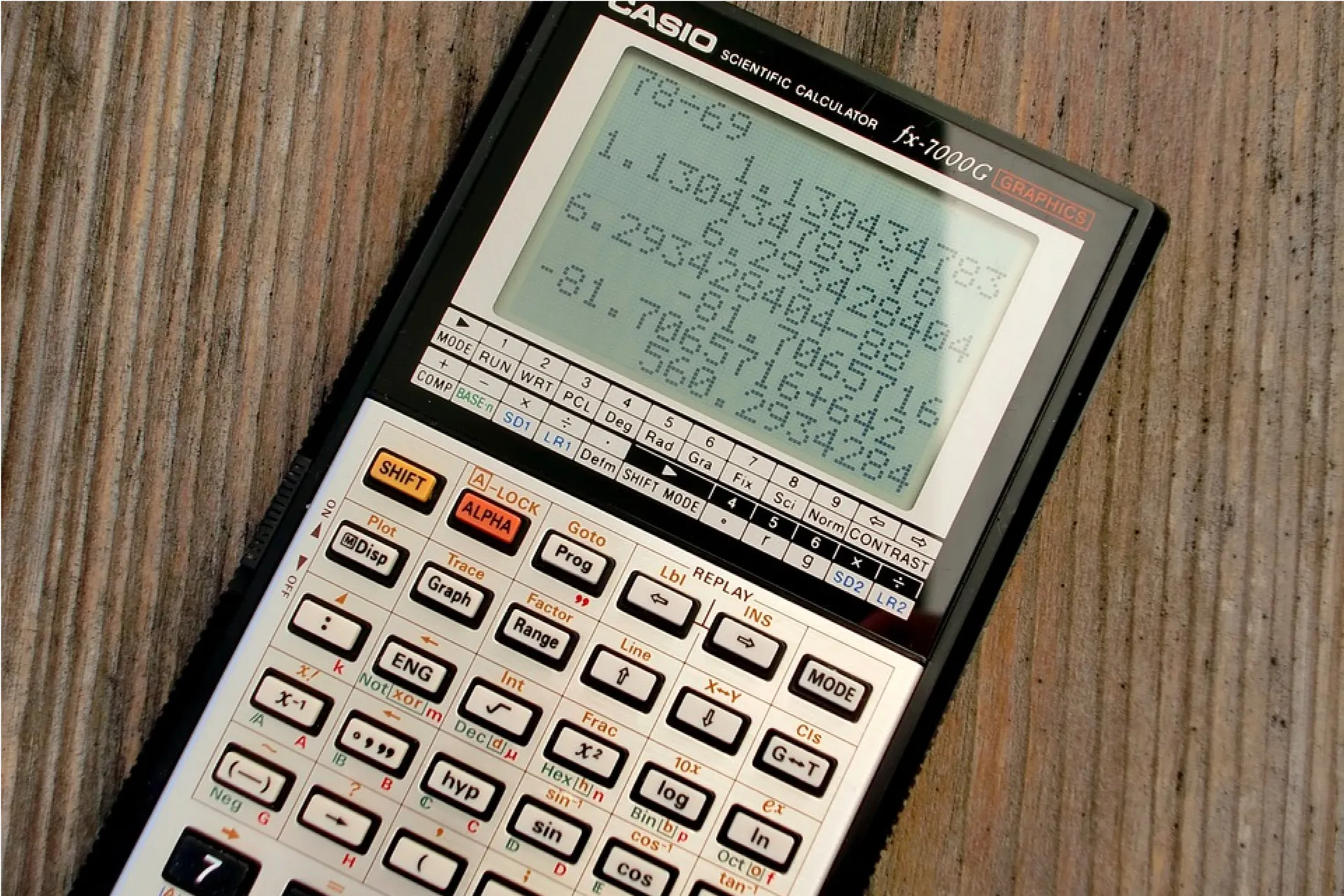Glass tempering furnaces are essential equipment in the production of electronic glass, which is utilized in a wide range of electronic devices and applications. Here's an introduction to glass tempering furnaces in the electronic glass industry:
Purpose and Functionality: Glass tempering furnaces are used to enhance the mechanical strength, thermal stability, and durability of glass substrates used in electronic components. By subjecting glass panels to controlled heating and rapid cooling, these furnaces induce internal stresses that toughen the glass, making it more resistant to mechanical and thermal shocks.
Types of Glass: Electronic glass encompasses various types of glass compositions tailored to meet the specific requirements of electronic devices. These may include soda-lime glass, borosilicate glass, quartz glass, and specialty glasses with unique thermal and electrical properties. Glass tempering furnaces are versatile enough to handle different types of glass substrates used in electronics manufacturing.
Specialized Applications: Tempered glass is employed in electronic devices such as display screens, touch panels, sensors, substrates for printed circuit boards (PCBs), and optical components. These applications demand glass with high mechanical strength, optical clarity, and surface smoothness, all of which are achieved through the tempering process.
Temperature Control and Uniformity: Glass tempering furnaces feature advanced temperature control systems to ensure uniform heating and cooling of glass panels. Consistency in temperature profiles is critical for achieving the desired mechanical properties and minimizing distortion or warping in the tempered glass.
Surface Quality and Optical Transparency: Electronic glass must exhibit high optical transparency and surface quality to facilitate the performance of optical and electronic components. Glass tempering processes are optimized to maintain optical clarity and minimize surface defects, ensuring compatibility with sophisticated electronic devices.
Customization and Flexibility: Manufacturers offer customization options to tailor glass tempering furnaces to the specific requirements of electronic glass production. This includes the ability to accommodate various glass thicknesses, sizes, and shapes, as well as optimize heating and cooling parameters to meet the demands of different electronic applications.
Safety and Reliability: Glass tempering processes in the electronic glass industry adhere to stringent safety standards to ensure the integrity and reliability of glass substrates used in electronic devices. Tempered glass undergoes rigorous testing for mechanical strength, thermal resistance, and chemical stability to meet the stringent requirements of electronic applications.
Integration with Production Lines: Glass tempering furnaces are integrated into automated production lines in electronic glass manufacturing facilities. Seamless integration enables continuous processing of glass panels, from cutting and edge finishing to tempering and subsequent assembly into electronic devices.
Energy Efficiency and Sustainability: Manufacturers strive to enhance the energy efficiency and sustainability of glass tempering processes by implementing measures such as heat recovery systems, optimized process controls, and eco-friendly refractory materials. These initiatives help reduce energy consumption and minimize environmental impact in electronic glass production.




